Introduction
If you have driven around the patchwork of fertile red volcanic soils east of Bundaberg, you would have noticed several paddocks of fruit and vegetable crops, in addition to the vast cane fields. Bundaberg is best known for its sugar cane and rum. However, these days, the region is a true fruit and salad bowl area feeding the nation. Growers are involved in a multi-million-dollar industry that has toppled sugar as the biggest money earner in the Bundaberg district.
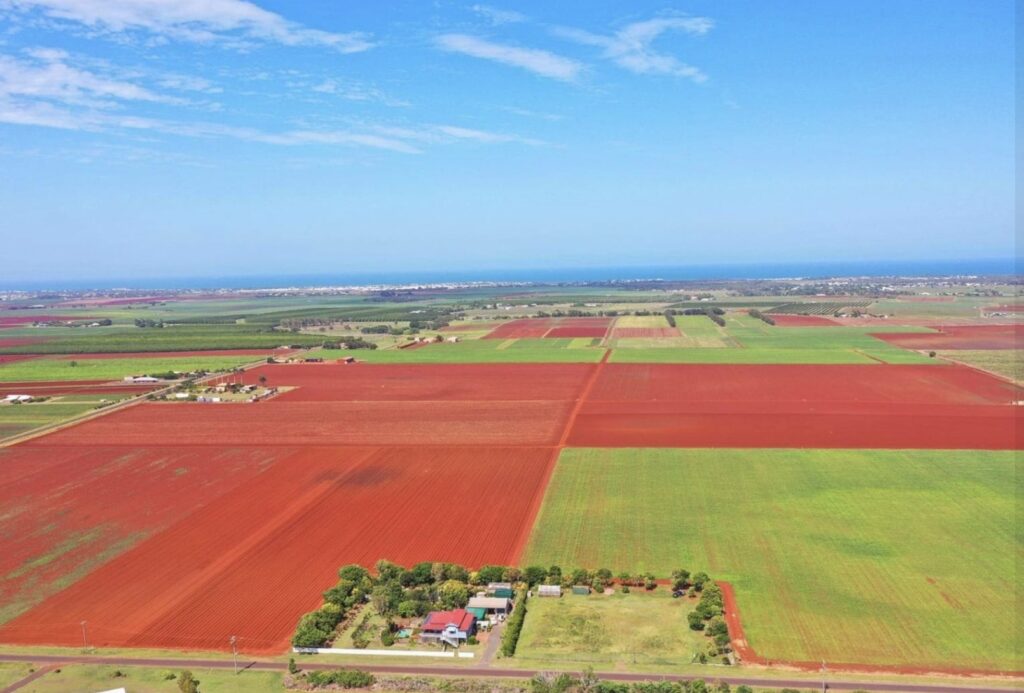
Agricultural production is a very important contributor to Australia’s economy and a key industry in many rural areas, including the Bundaberg region. The primary commodity produced is vegetables, accounting for nearly 40 per cent of Bundaberg’s total agricultural output. The total annual value of the vegetable crop is over $240 million.
While the region is recognised as an important source of fruit and vegetables for Australians, it also has the capacity to feed the huge population numbers Asia. Almost 100 per cent of the state’s mandarins, nuts other than macadamias and oranges are produced in the region. As the former Mayor Jack Dempsey boasted:
“this is followed by a long list of produce including 76 per cent of macadamias, 39 per cent of avocados, 44 per cent of other citrus fruit and 46 per cent of all other fruit”.
The macadamia farms are huge with 60 growers producing just as much macadamia nuts as 450 growers in the Northern Rivers area of New South Wales.
The temperate climate, fertile soils and great rainfall allows some commodities to be grown all year round such as macadamias, ginger and figs. It also allows opportunities for farmers to have access to earlier growing windows than other regions, giving the growers the great commercial advantage of tapping into markets sooner.
Other crops, like passionfruit, zucchini and mandarin prefer the cooler months, while water dew melons, watermelons and lychees are at their peak in the warmest periods of the year.
Bundaberg is also home to the largest chilli company in Australia which at times supplies 90 per cent of Australia’s fresh chillies due to new plantings every two weeks. The sweet potato industry is a significant regional employer as there is a year-round production with different varieties. Sixty per cent of Australia’s passionfruit is grown in Queensland, with Bundaberg the largest growing area. Other major crops grown in large volumes include beans, zucchini and melons.
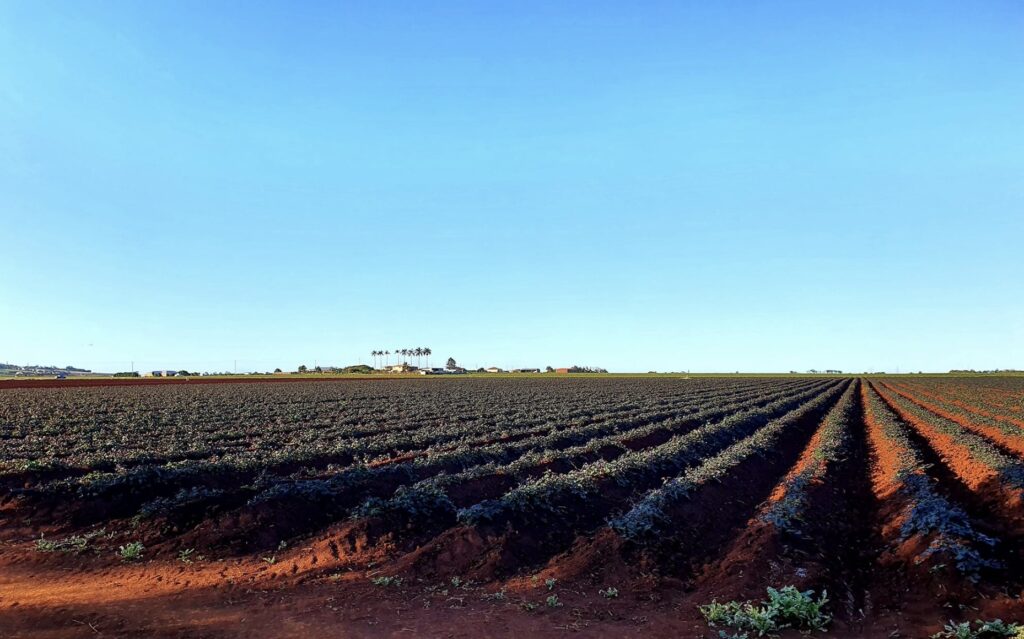
Commercial wine making has been around the Bundaberg region on and off for over 130 years. During the late 1870s, Bundaberg was poised to become the second major wine making area in Australia. However, as sugar cane was emerging from its experimental stage into a viable prospect, the paddocks were sown to rows of sugar cane, not grape vines.
An example of enterprising farmers in the area is the Tinaberries business. After buying a cane farm the new owners decided they needed to grow something else and chose strawberries and passionfruit. They cater for visitors by offering big juicy strawberries straight from the paddock, where you can pick your own in season, as well as homemade ice-creams. There are plenty of activities and games for the kids to keep them entertained.
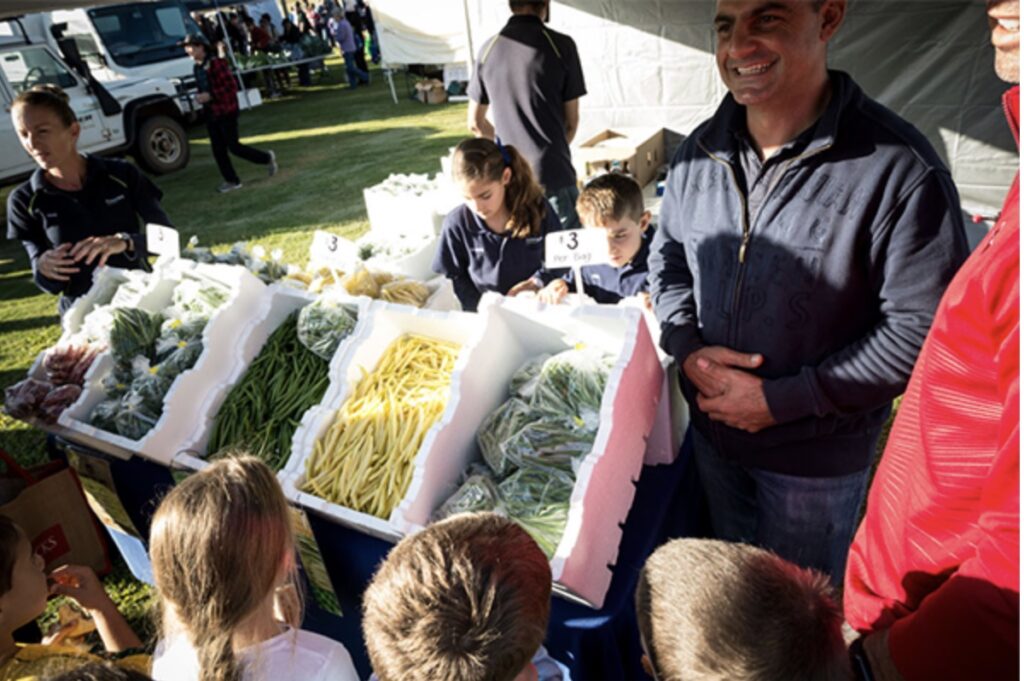
The Rosengal family are from Melbourne, and when they struggled to source fresh, local beans to have with their annual Christmas lunch, they started growing their own in the Bundaberg area. They now supply of green, yellow, flat and borlotti beans and peas year-round.
One way to experience the wonderful local produce is through Taste Bundaberg which is held each year in June. It is noe of the country’s best celebrations of fresh local produce. Formerly called Winterfest, Taste Bundaberg brings the growers and producers to show off the skills across ten days of tasting and toasting. The program includes pop-up polo, farm tours, signature dinners and high tea.
Early history
Many of the early settlers to the area grew maize until the mid-1870s when prices fell. This was when sugar cane was vigorously planted. In 1881, the district produced three per cent of Queensland’s sugar, two years later it produced 20 per cent. Some farms then diversified and began growing small crops of fruit and vegetables, forced by necessity to be self-sufficient to produce most of their foodstuffs on their property. They set up their own orchards and vegetable gardens.
Then came the Chinese. Thousands of Chinese came to Australia in the nineteenth century, legally and illegally. Some made it to Bundaberg and eager to make a living, they created market gardens from the 1870s on the fertile river flats watered by Paddy’s Creek, supplying fruit and vegetables to the fledgling township. Deep holes known as Chinaman Holes were dug into the bed of the creek, thus ensuring a water supply during dry times.
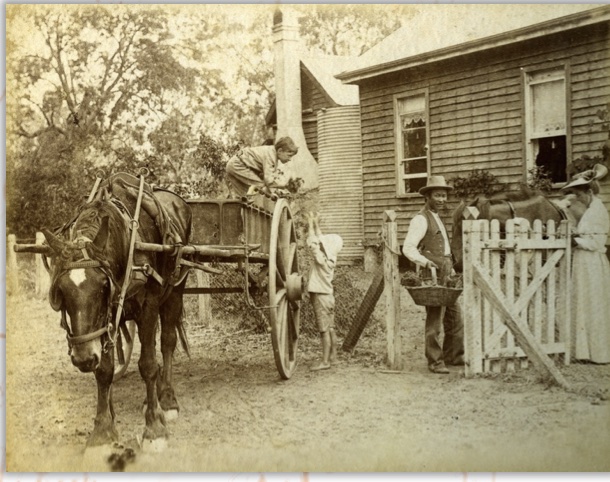
There was even a Chinatown in Bundaberg. Bourbong Street, between Tantitha Street and Saltwater Creek which contained many Chinese market gardens and shops specialising in imported Chinese delicacies such as ginger, teas, sauces, spices, dried shark fins and birds nest soup. Que Hee Street is named after Y. S. Que Hee whose market garden was on Banyan Road and Tommy Ping was known as the Peanut King, long before Kingaroy became the peanut capital of Australia.
While the region has enjoyed natural prosperity, it hasn’t been free of issues. By the 1880s, most Queensland towns and districts had formed an Anti-Chinese League, including Bundaberg.
The legacy of building the wealth came with the use of forced labourers from the Pacific Islands. Over 62,000 islanders were brought here by “blackbirders” to initially work in the cane fields.
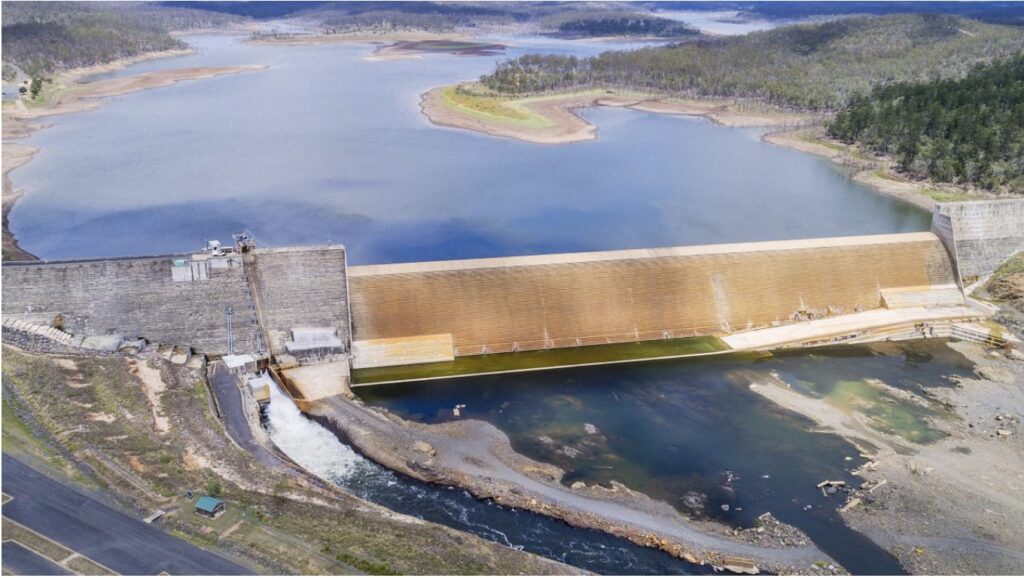
Another issue is the water supply from Paradise Dam which has a capacity of 300,000 megaliths. Recent testing has shown there are some stability issues with the dam resulting in a reduced water capacity by 42 per cent. The threat of water allocations dropping significantly while works are carried out to sort out the problems worries the local industry.
More details on fruit and vegetables grown
It has been difficult to get up to date information about each crop. Here is a little bit on the rise and fall of a few of the crops that have been grown over the years. It shows just how challenging it is to compete on a large scale. Some of the statistics are amazing.
Tomatoes
During the 1950s, tomatoes gained prominence, as did rockmelons and cucumbers. The Department of Agriculture and Stock, along with processing firm R. M. Gow, started canning trials of tomatoes and five varieties of canning tomatoes were planted. While the trial went well and farmers were paid handsomely for the tomatoes, nothing eventuated from the project and canning tomatoes didn’t take off.
By the mid-1950s, Bundaberg tomatoes were well known and asked for by name in the southern markets of Melbourne and Adelaide, making it a very large tomato producing region.
In 1984, Bundaberg claimed number one position in the production of tomatoes in Australia producing 4.8 million cartons. In the same year, the Department of Primary Industries announced the establishment of a horticultural research centre at Kalkie.
However, by 1990 the potato moth or leaf miner had become a major pest of tomatoes causing large losses in crop output. Growers were forced to apply frequent applications of insecticide. The fresh tomato market demands high quality, blemish free fruit meaning control of insect and mite pests is important.
Sweet potato
Sweet potatoes are planted from September to April and are harvested every week of the year providing year-round supplies. They are a bit of an enigma in the vegetable as they are not part of the potato family.
The tuber is part of the root vegetable family alongside turnips, parsnips and beets. Eighty per cent of Australia’s sweet potato production is from the Bundaberg area.
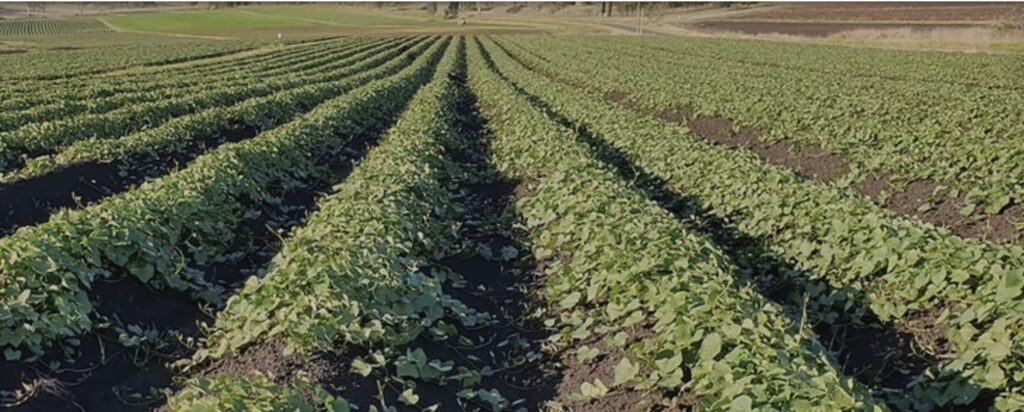
Mangoes
Mangoes of the Bowen variety were first produced in 1902 in the district. Mango production never took off mainly because the mango harvest can never be relied on. In 1978, there were about 16 hectares under mango trees. Many residents had a mango tree or two in their backyard and a couple of the local produce centres provided an outlet for surplus fruit providing a small financial windfall.
Bananas
Bananas were grown first grown by many of the Chinese market gardeners. The crop of bananas steadily grew and in 1944, 8,774-bushel cases were produced from 50 acres. However, during the following years production fell until the early 1950s when it rose again. By the end of the decade, conditions for growing bananas in the Bundaberg region were considered poor. Panama disease, weevil borer and leaf speckle were widespread. In 1955, 54 acres of banana only produced 3,340-bushel cases and three years later, production was only 2,118 bushel cases. The decline of the banana industry was noticeable in the 1960s, barely supplying local markets.
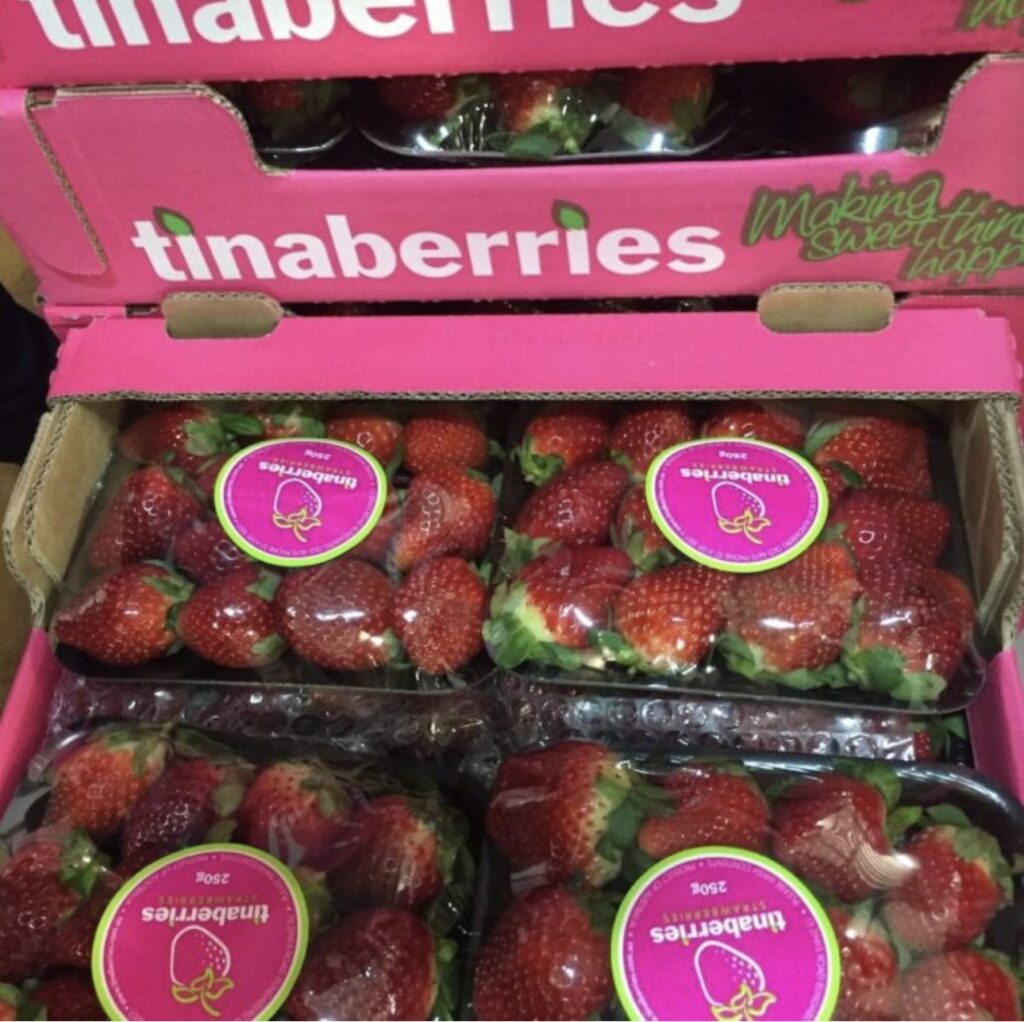
Strawberries
Many kids who grew up in Bundaberg from the 1900s to the 1930s remember Hodgett’s strawberry garden, which was part of a large dairy farm. Trips by motor launch down the Burnett River to Barubbra Island and Burnett Heads, and playing tennis on the courts at Buss Park, were always accompanied with a visit to the gardens for the fresh dairy cream and strawberries sitting on the the verandah of the old farmhouse. The Croft’s nearby ran a similar enterprise.
Unfortunately, a nut grass infestation in the 1950s was a serious pest making it difficult to produce enough runners for replanting. A strawberry runner certification scheme started in the 1960s.
By the 1970s, strawberries were of minor importance to the local fruit production just supplying to the local market.
Queensland supplies the winter production of strawberries for Australia with the season running from May to October.
Watermelons
One of the earliest references to watermelons grown in the region goes back to 1900. The owner of Fig Tree Farm brought into Bundaberg a whopping 68 pound monster. But even then, the largest watermelons were grown by Boer War veteran Tom Griffiths at Sharon. It is said his watermelons couldn’t fit in a chaff bag and the only way to carry them was on the back of a horse-drawn sled. Up until the 1960s, there wasn’t a major demand for the watermelons. The only time people ate them was during the Christmas/New Year week.
It was during the 1940s that farmers started growing watermelons for the markets outside the region. Demand from the southern markets grew and trial shipments were sent to Brisbane and Melbourne. With improved road transport, watermelons from Bundaberg found themselves on the kitchen tables much further away. Consequently, the Lindeman’s and Fairydale Roads area became a big producer of watermelons. There was a sudden increase in production from 1967 when the area under watermelon doubled to 400 hectares producing 3,000 tonnes a year.
However, quality wasn’t great which affected price and profitability in the 1970s. Heavy rains in November resulted serious waterlogging in some years and anthracnose disease caused up to 90 per cent of losses. Growing watermelons has always been a roller coaster ride. In 1985, brolgas, Australia’s largest bird, famously invaded one property destroying the almost mature melons.
Passionfruit
By the end of WWII, there was about eight acres of passionfruit under cultivation. Post-war, when the finer things in life started returning to normal, the production of passionfruit increased, but by the mid-1950s there was only one acre producing the fruit. Local growers supplied passionfruits to the local cannery at Booloongie, but this was a very unreliable market. It is for this reason that interest in this crop waned and never reached the heights of other fruits grown in the region.
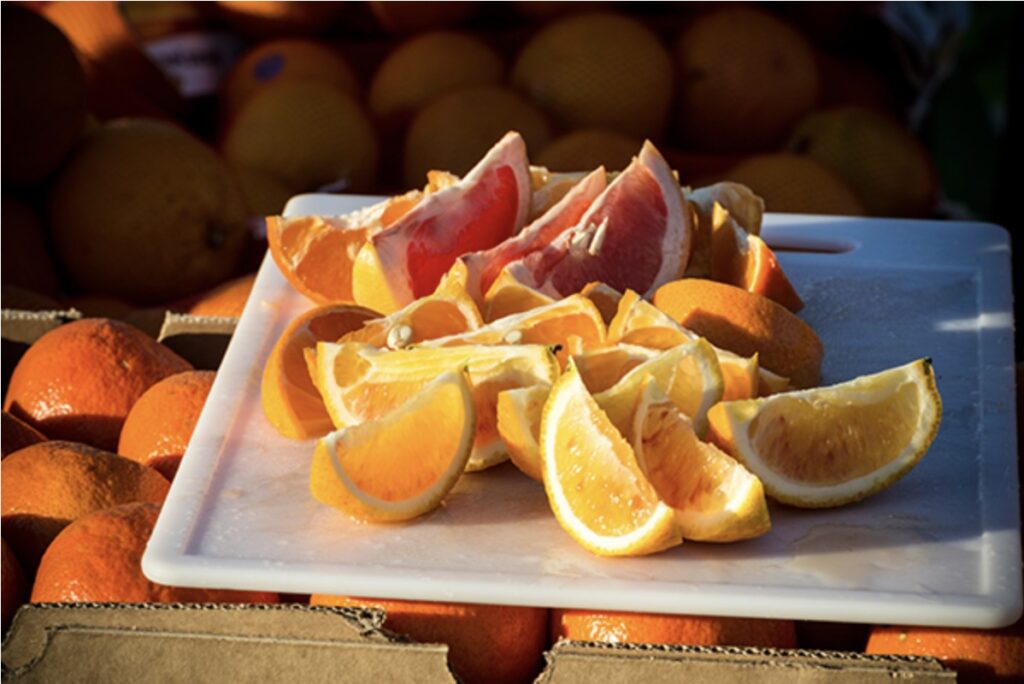
Citrus
Citrus orchards have always been a part of fruit production of the region. Tom Amos always had the ambition of owning one of the finest citrus orchards in the state and his dream was realised in 1890 with the purchase of the Idalia Orchard. For over 50 years the orchard was not only a showpiece in the Bundaberg district but was very profitable for its owners.
The development of the citrus industry at Gayndah and Mundubbera in the 1930s had little impact on this successful orchard. Washington navel and Seville oranges were the main produce, along with Joppa oranges and manadarins.
Cabbages and lettuce
Cabbages were in the big crop of the 1930s. Norm Chard and his brother grew vegetables on a large scale, and along with the Webber brothers, they were the “cabbage kings” growing good quality cabbages for local markets.
As farmers put in bores, they got reliable water supplies to grow large quantities of cabbages, cauliflowers, brussels sprouts, lettuce, tomatoes, peas, beans and strawberries. Lettuce was sent to the American forces in New Guinea and the Royal Australian Air Force was supplied all the fresh vegetables and fruit they needed.
During WWII, as rationing of meat and dairy products grew, vegetables played a greater role in meal preparation and the growers who produced a little of everything prospered.

Fascinating. My wife and I visited Bundaberg in 1988 and did not see any evidence then of what you write about. We must have been very poor observers!
One question: Do Bundaberg fruit & veg. make it across Bass Strait? In the Burnie supermarkets there is bugger-all information about the sources of their fruit & veg.
I doubt it Allan. Burnie should be sourcing their fresh produce from the vegetables grown around Kindred in the north-west, instead of sending it to canneries!
How Bundy has changed. Family were early cane farmers at Glenmorris east of the town in the 1880s.
There is so much interesting history associated with the sugar cane farming.
Great article Robert. Property Rights Australia (PRA) conference in Bundy on June 8th, maybe we will see you there.
Now I know that, you may see me there.